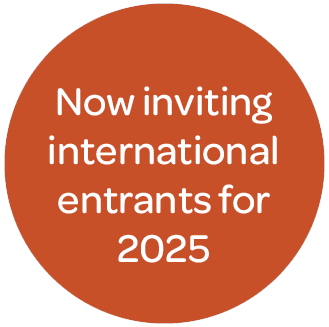TASTE TESTS FOR THE NEW GENERATION
HRA Global – 4 March 2019
Source http://hra-global.com/news/view-post/?id=6769
Off of the back of ‘Is food for sharing anymore?’ we decided to create a list of the most obvious ways that technology and taste tests can be married. Taste tests are entirely about individuals consuming independently, the ultimate representation of eating food alone.
A new project pulls into port – a taste test. We begin booking the venue, then arrange samples with the client, design questionnaires, and pull together all other necessary materials.
On the big day, we hop on our train, arrive, and set up in the room, watching our participants channel in through the reception and jumping into action to help out when needed – be that fetching another sample or technological issues.
It was a long but successful day, due, in part, to how we adapted the efficiencies of technology to the modern taste test. I cannot stress enough how important it is to adapt, especially in fields like market research with established methodologies that would undoubtedly age without modernising.
Below is a list of a few ways in which tech can revolutionise taste tests for both researcher and client.
For Researchers:
In addition to paper questionnaires, participants can complete online surveys on tablets to improve the speed the survey is completed. There is a plethora of studies in Educational Psychology concerning the detrimental effects of speed and interpretation of handwriting versus typing. Not only this, but the speed that results are available is extraordinary, and there is a lot of software out there that can visualise the data for you to analyse away.
Self-sign-in via tablet (or another device). This is a personal favourite. You will experience at least one wave of participants, as groups of friends arrive together, and certain timeslots are more popular than others. Swift registration can be hampered by an influx of participants but easily tackled by device(s) and as a researcher, you only need to monitor participants, so you do not feel inundated and overwhelmed.
Remote payment via Paypal is convenient and reassuring for participants, yourself, and your finance manager, post-GDPR.
Changing the entire structure of the research method, postal taste tests can be completed entirely online, with efficient preparation and packaging your key to success. Your sample size can then be both larger and cover a much larger breadth of the nation in a quick, convenient manner. There are obvious obstacles for some products, e.g. size and weight of the product that can be dealt with fairly easily, but for some products such as hot food the variables are too many and the classic taste test remains the better option.
If you’re a client interested about investing in taste tests for your product, it is more than worth considering how you might want to accommodate technology, if you’re there on the day or not. Senses are collaborative, and while the tasting is blind, the consumer is aware of their surroundings, other participants, and a lot of other variables that contribute to their overall taste experience.
For Clients:
Taste tests are, after all, an experiment, so if we treat the venue as our lab, we want to control as much as we can. Dotting audio-visual materials around the venue can speak to more senses to control aspects of the experience. Give your researchers as many materials and ideas as possible. Instead of listening to the humdrum of other people typing and smacking their lips, the air could be filled with positive reactions from the previous taste tests via a video on loop. Food, as we know, is all about sharing, experiences, leveraged appeal. Consumers will pick up a product based on the colours and font, and while these aspects should be tested separately, in reality, there is no way that a taste test can deal with all extraneous variables, so incorporating your desired feel of the brand allows the test to collaborate aspects of consumer research you ultimately need the answers for.
Ask for your researchers to share software links with you if they can. It allows you to keep track of the day’s progress as it happens, potentially envisioning improvements to the next round of taste tests and keeping you in the loop.
Further Exploration:
*The Sense and Nonsense of Consumer Product Testing: How to Identify Whether Consumers Are Blindly Loyal? Raghubir, Tyebjee, Lin, 2009.
*SmartSurvey.co.uk / Google Forms & add-ons
Advertisement
Get the latest MRS news
Our newsletters cover the latest MRS events, policy updates and research news.














